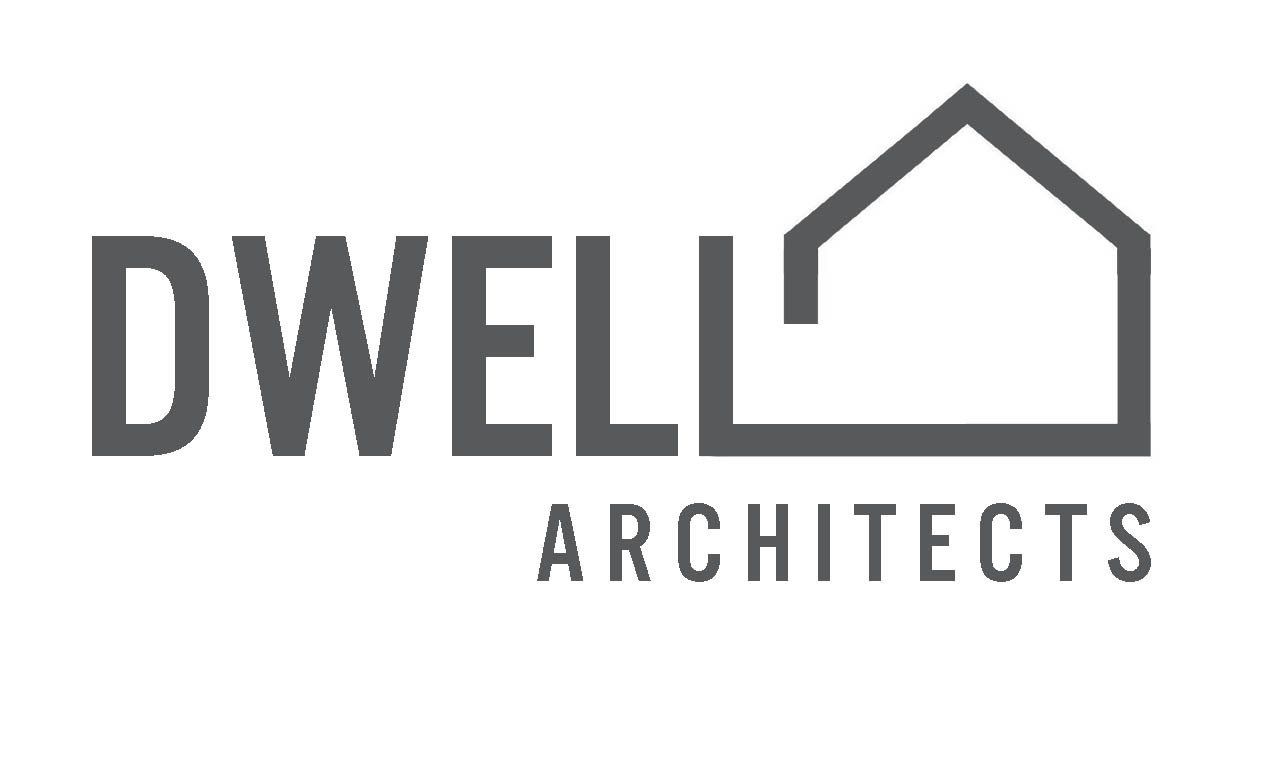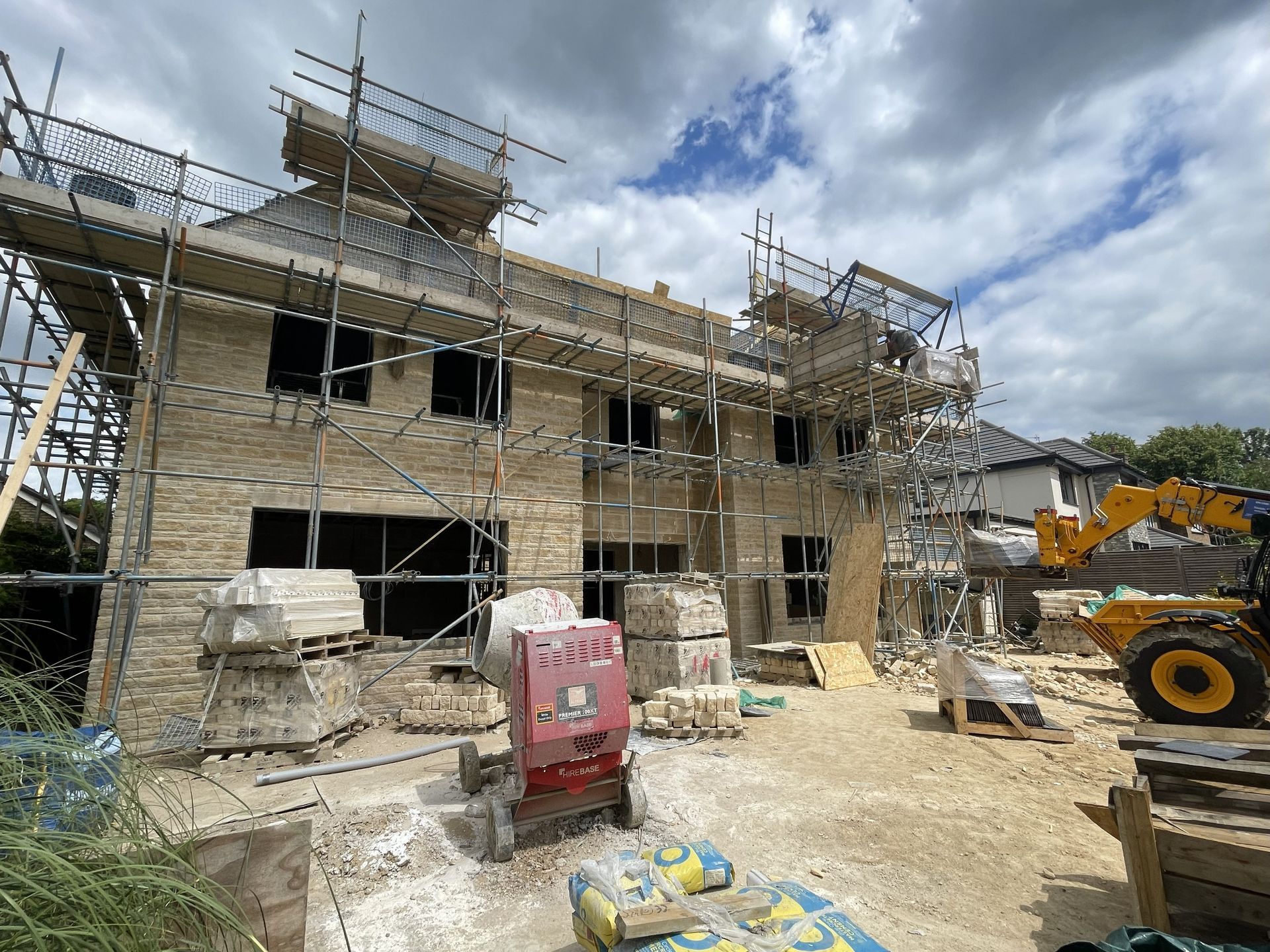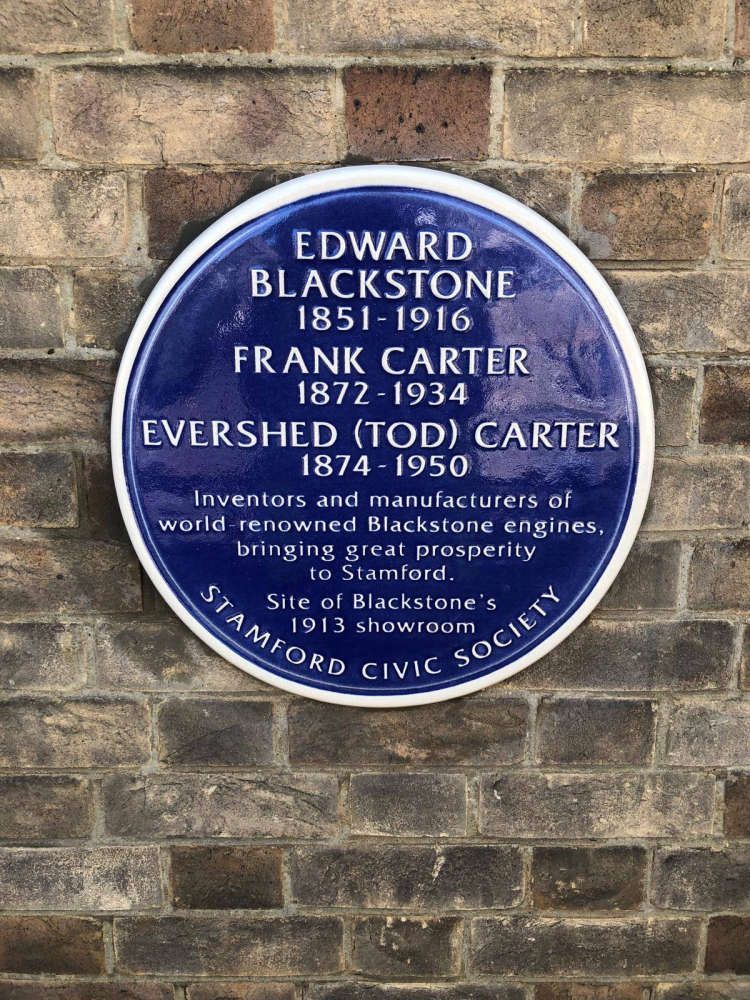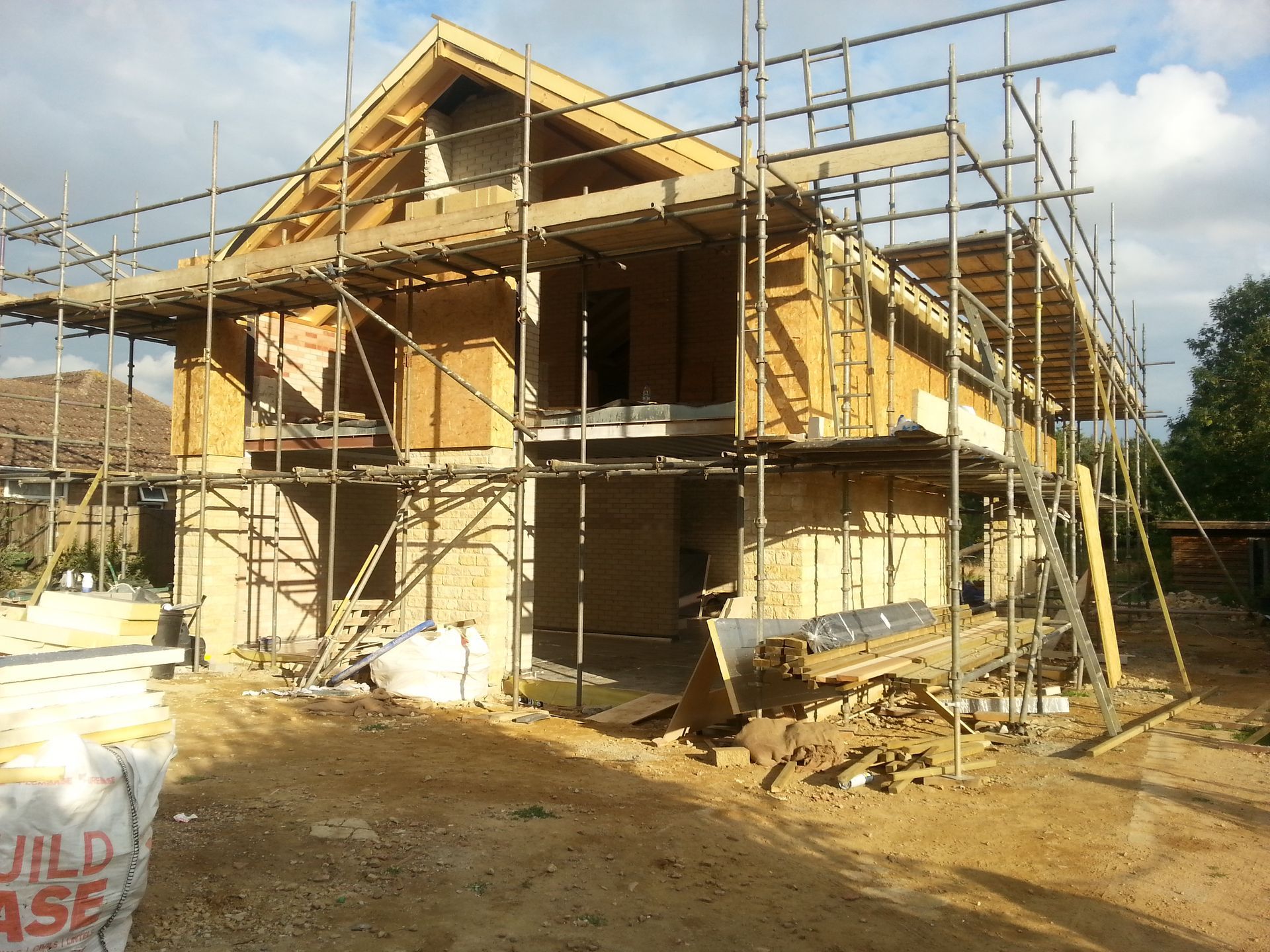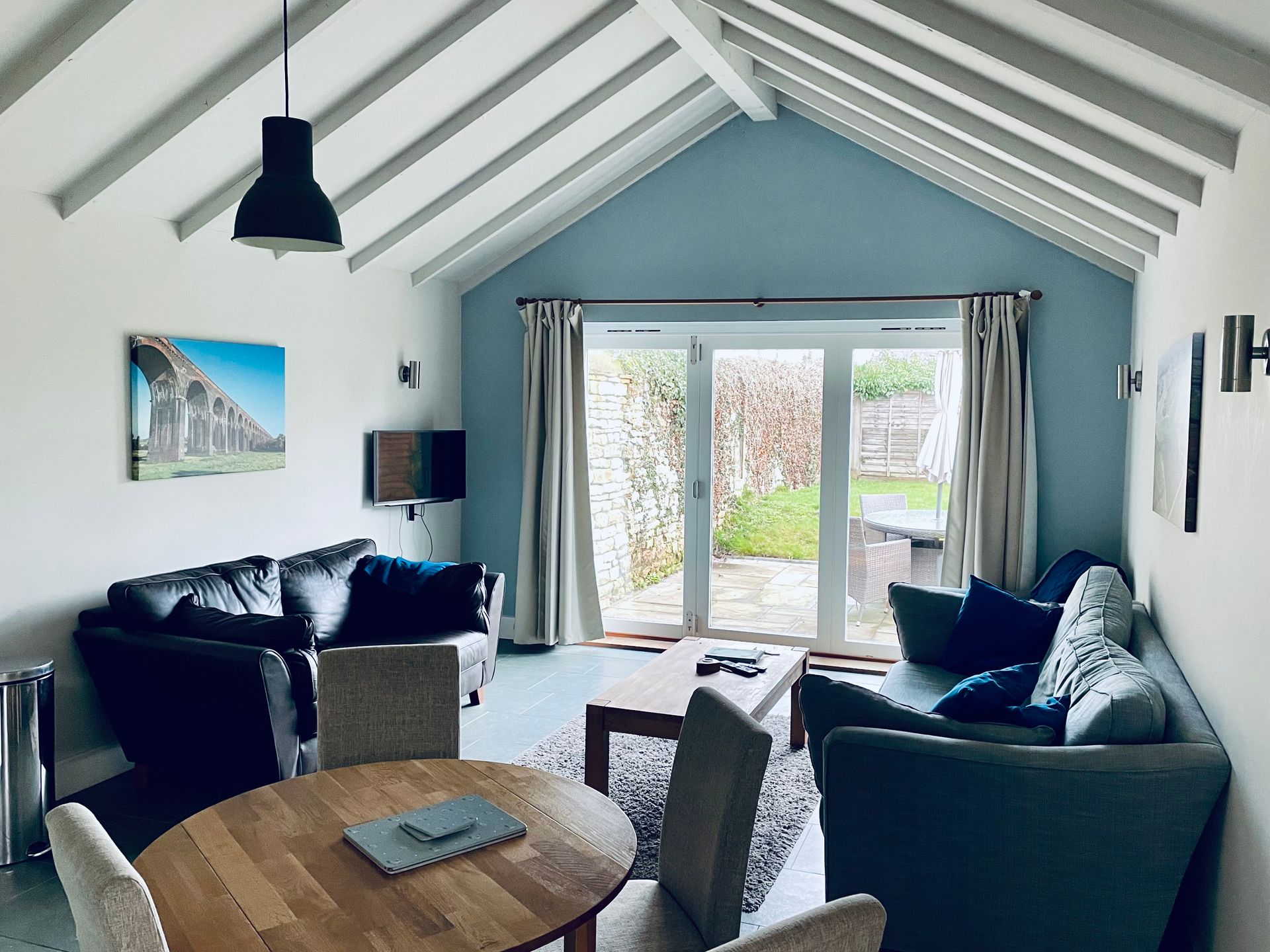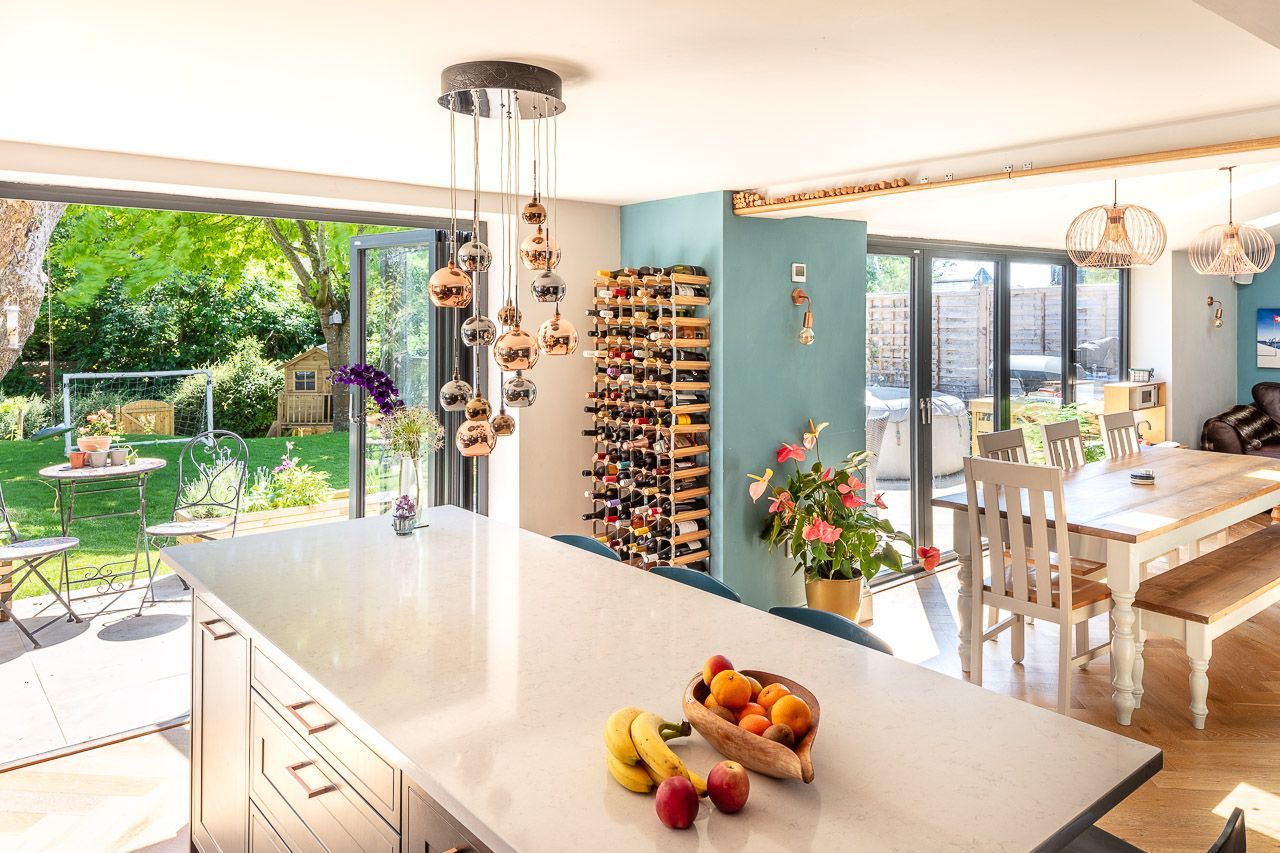Knock Down & Rebuild vs Eco Refurbishment: Which is Right for Your Home?
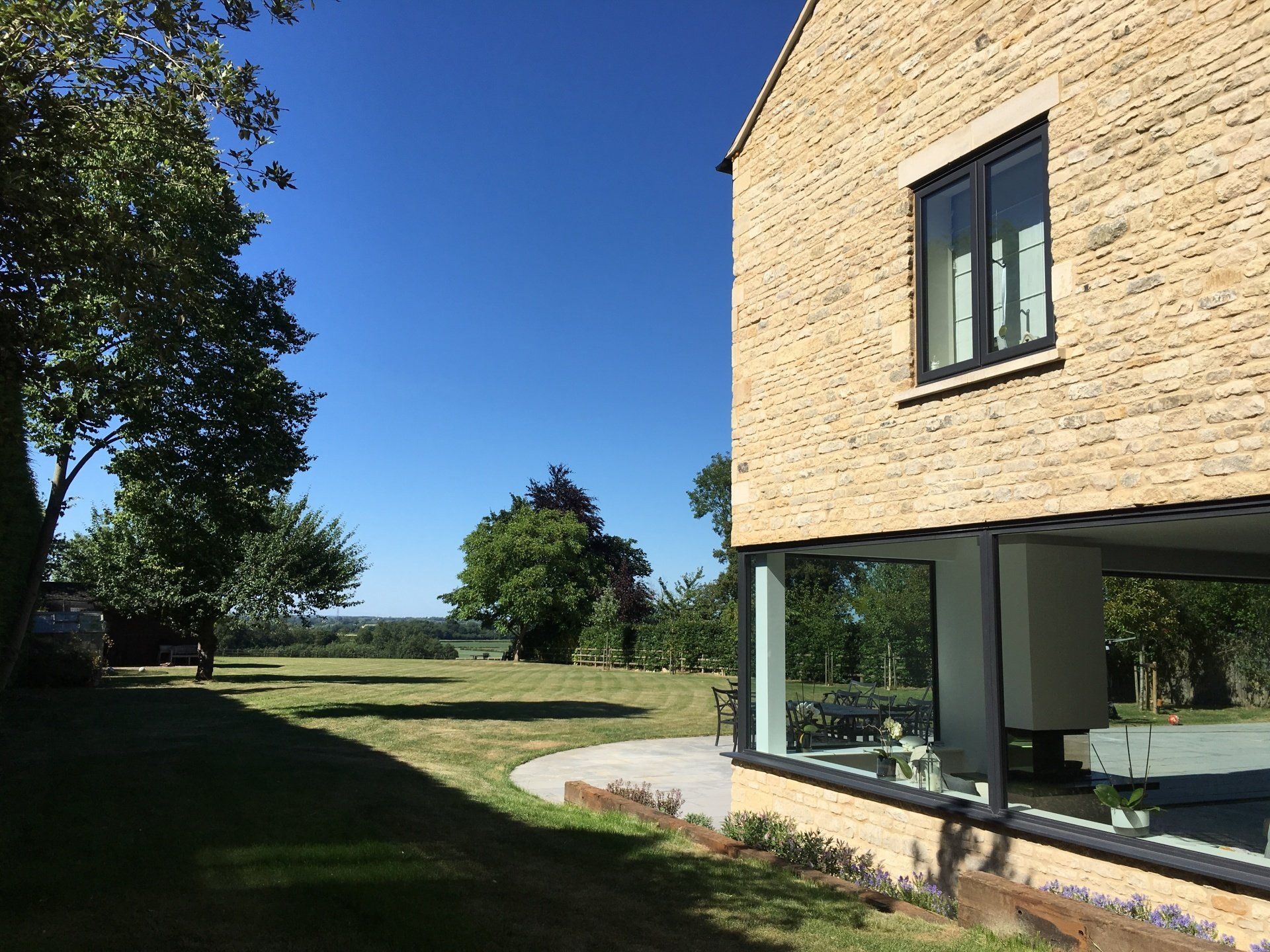
When faced with an outdated or inefficient property, many homeowners wonder whether it’s better to knock down and rebuild from scratch, or to invest in an eco refurbishment. Both routes have clear benefits — but the right choice depends on your goals, budget, and the long-term value you’re hoping to create.
The Case for a Knock Down & Rebuild
Starting fresh with a new build offers complete freedom of design. You’re not constrained by the quirks of an older property, which means you can plan a home that works perfectly for modern life — open-plan living, generous windows, and energy-efficient layouts.
From an environmental perspective, a new build can also achieve the very highest standards of performance. Features such as airtight construction, triple glazing, and the latest insulation methods make it easier to reach ultra-low energy targets, including Passivhaus or net-zero standards.
You’ll also benefit from lower maintenance costs in the long run, as everything — from the roof to the heating system — is brand new. And when it comes to resale, a high-quality, energy-efficient modern home often commands a premium.
A Major Bonus: Zero-Rated VAT
One significant financial advantage of building a new home is that it qualifies for zero-rated VAT. This means that while you’ll still pay VAT on professional services such as architects or surveyors, the actual construction cost of the new home is VAT-free. In practice, this can save you 20% compared to refurbishing an existing property, where most works are charged at the standard VAT rate.
For many homeowners, this tax relief makes a knock down and rebuild a far more cost-effective option than it might first appear.
Cost Comparison: Rebuild vs Eco Refurb
Let’s look at a simple example to illustrate:
- Eco Refurbishment: £250,000 worth of work
- VAT at 20% = £50,000
- Total: £300,000
- New Build (Zero-Rated VAT): £250,000 worth of construction
- VAT = £0 on the build cost
- Total: £250,000
That’s a potential £50,000 saving simply because of the VAT rules. For larger projects, the difference can be even more significant, sometimes making a rebuild the smarter financial choice despite the higher upfront perception.
The Case for Eco Refurbishment
An eco refurbishment, on the other hand, focuses on improving what’s already there. By retaining the existing structure, you immediately reduce the carbon footprint associated with demolition and new construction materials.
This approach also allows you to preserve the charm and character of the property, which can be especially valuable in Stamford, Rutland and surrounding areas where period homes are part of the local identity.
Eco refurbs can be more flexible financially too — improvements such as insulation, new windows, or a renewable heating system can be phased over time, spreading the cost. In many cases, planning approval for refurbishments is also simpler than for a full demolition and rebuild.
Finding the Balance
The reality is that many homeowners find the best solution lies somewhere in between. Retaining core structural elements while extending or partially rebuilding allows you to balance sustainability, performance, and cost.
At Dwell Architects, we help clients explore all the options — whether that’s designing a completely new home, or breathing new life into an existing building with eco-friendly upgrades.
Thinking about the future of your home?
Whether you’re considering a bold rebuild or a sensitive eco refurbishment, Dwell Architects can guide you through the process and help you design a solution that’s right for you. Get in touch with us today to start the conversation.
